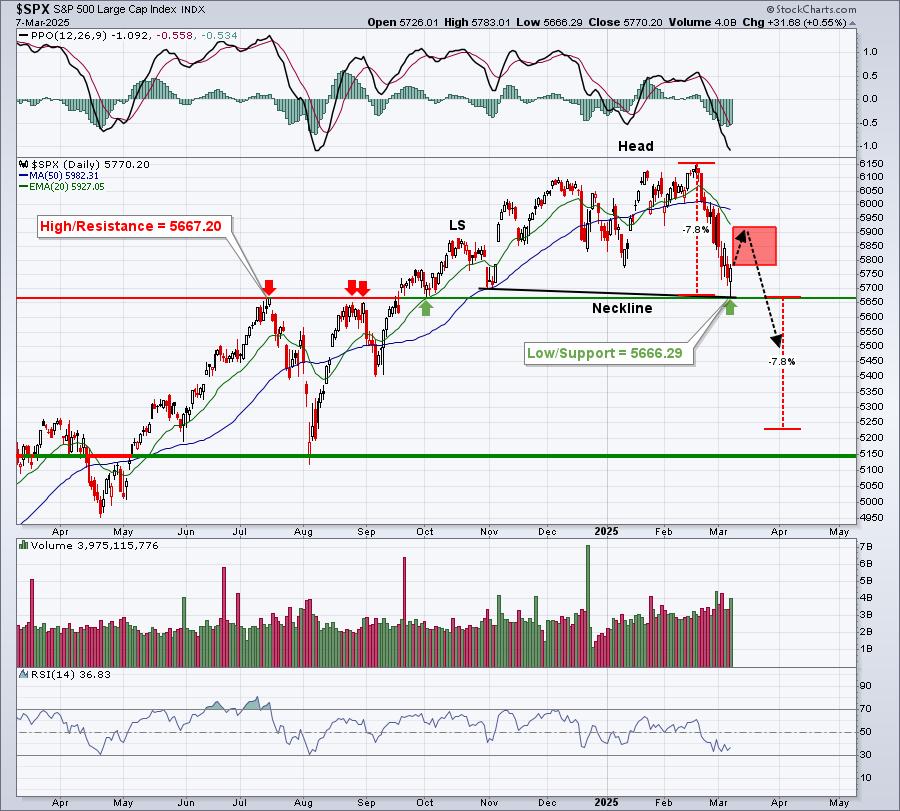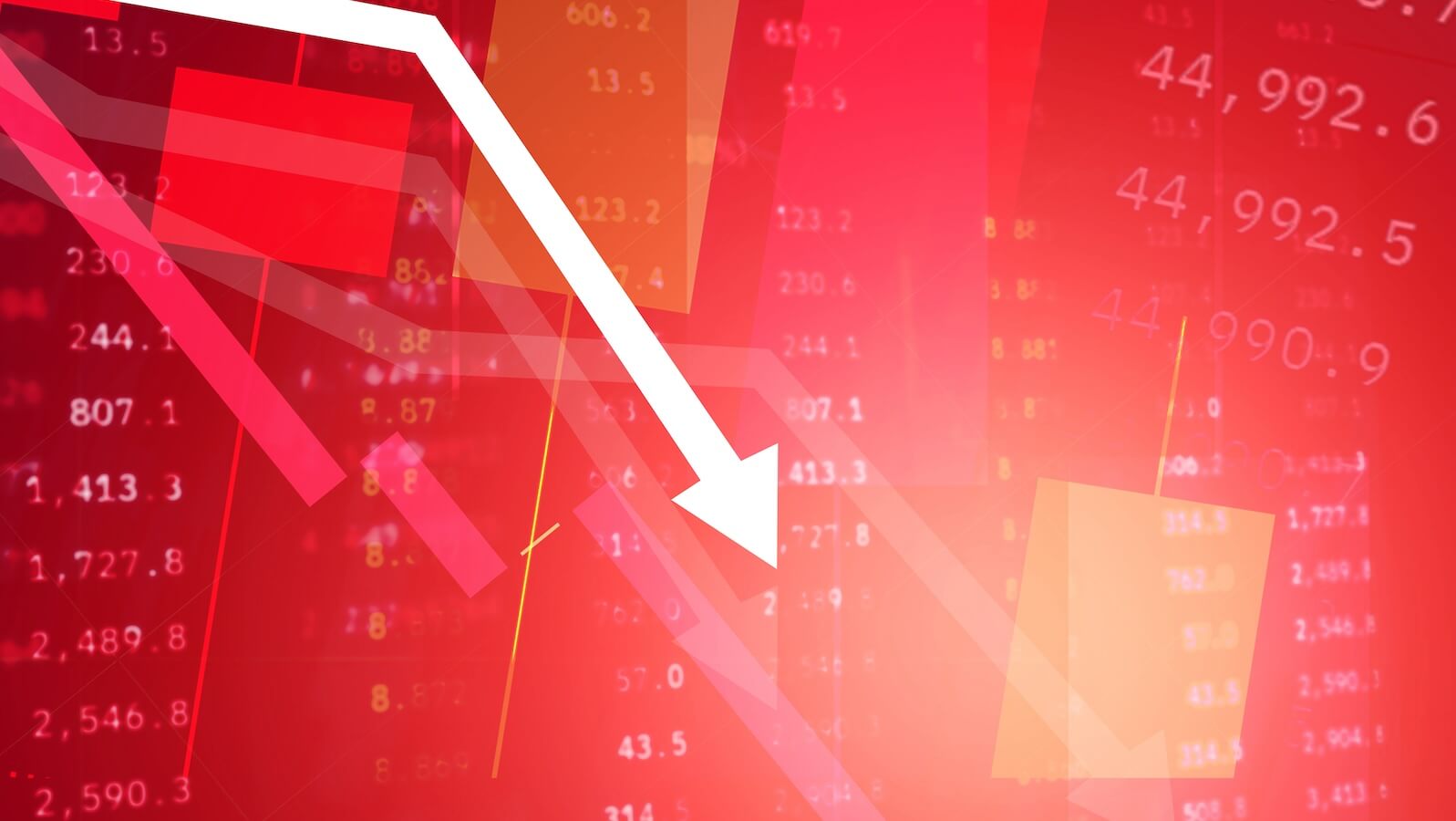 I often hear technical analysts performing their craft on economic data, derivative data such as the AD line, and a host of other data sets that do not trade. Why would you do that? The most basic premise of technical analysis is PRICE, the price that is determined in the auction market by traders and investors making decisions. Price is an instantaneous view of supply and demand.
I often hear technical analysts performing their craft on economic data, derivative data such as the AD line, and a host of other data sets that do not trade. Why would you do that? The most basic premise of technical analysis is PRICE, the price that is determined in the auction market by traders and investors making decisions. Price is an instantaneous view of supply and demand.
Hopefully you know that when you buy a stock, someone had to sell it to you. There is no stock sitting on a shelf somewhere, you have to buy it from a current holder of that stock. You will never know who the person is that sells you their stock. When you buy a stock I think it is fair to say that you expect it to rise in price. If someone has to sell it to you then they might think there isn’t much left in the rise in price. In fact, you will never know why they sold it to you. You just might be their ‘greater fool’ and they have already made a substantial gain in it. Bottom line is that you will never know for sure why they sold it to you or even who they are. However, you did agree upon something with the seller. Was it the earnings of the stock? The product that the company sells? The dividend? The company management? What was it? You agreed on the price and that is how your transaction is settled. The price you paid for it will determine whether you made a profit or not when you sell it. Hence, price discounts everything. This is the fundamental premise of technical analysis. Don’t forget that!
It kills me when I hear the talking heads and the parade of experts talking about cash on the sidelines. How can that be? While particular investors or institutions can move into cash, someone had to buy their holdings from them. The worst is when they say the market was down today because there were more sellers than buyers. They clearly do not understand how the secondary marketplace works. Sad indeed!
As Charlie Kirkpatrick, author of Technical Analysis, says “the technical analyst believes it is futile to analyze the components of supply and demand except through the prices it creates.” So it is really simple, if the price is not generated by the auction between buyers and sellers, then accomplishing technical analysis on its chart is ineffective and a severe deviation from the most basic premise of technical analysis. Keep this in mind as you read books, newsletters, blogs, etc. If the author is performing technical analysis (trendlines, chart patterns, indicators) on something that does not trade; well, just draw your own conclusions.
Here are examples of data series that are not price (price being determined by buyers and sellers) even though some are derivatives of price; but they do not trade:
Advance Decline Line
Most Technical Indicators, including moving averages
Economic Data
The Noon Temperature in NYC
Population Data
Please feel free to ask questions via the comments section. I’ll try to respond in a timely matter as long as I’m not on the golf course.
Always ask WHY,
Greg Morris






